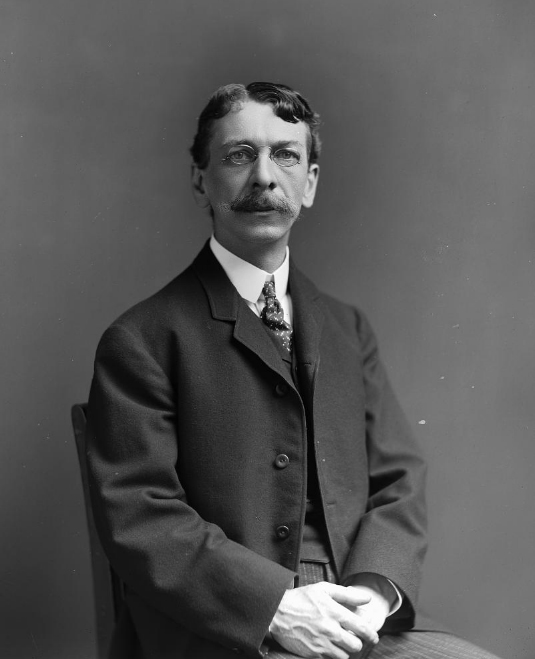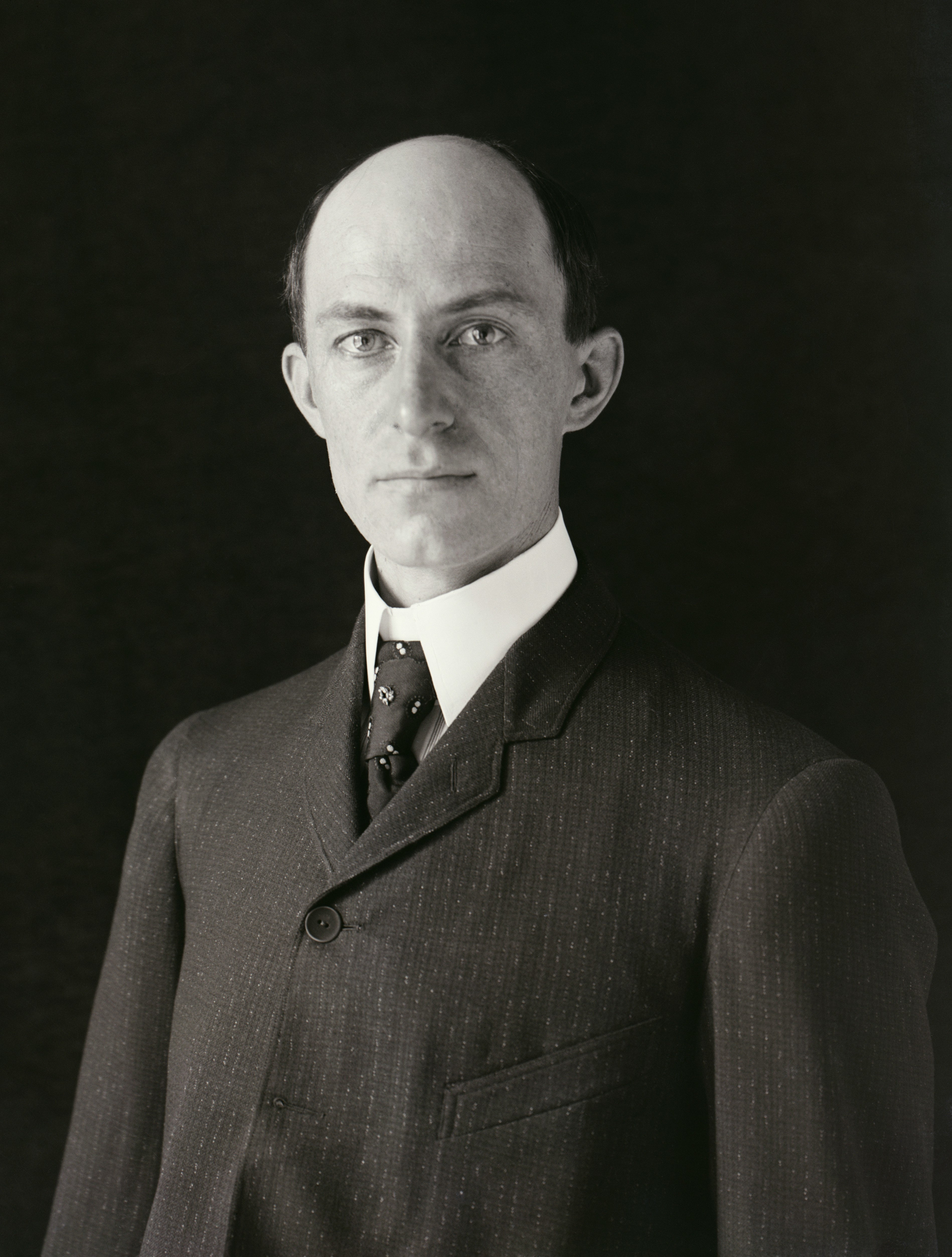Richard Rathbun on:
[Wikipedia]
[Google]
[Amazon]
 Richard Rathbun (January 25, 1852 – July 16, 1918) was an American biologist and administrator at the Smithsonian Institution.
Richard Rathbun (January 25, 1852 – July 16, 1918) was an American biologist and administrator at the Smithsonian Institution.
 Rathbun's scientific work focused on parasitic
Rathbun's scientific work focused on parasitic
 Richard Rathbun (January 25, 1852 – July 16, 1918) was an American biologist and administrator at the Smithsonian Institution.
Richard Rathbun (January 25, 1852 – July 16, 1918) was an American biologist and administrator at the Smithsonian Institution.
Biography
Richard Rathbun was born in Buffalo, New York, to Charles Rathbun and his wife Marey (née Furey). He was schooled in Buffalo before joining his father's quarrying company, Whitmore and Rathbun, for four years. He was fascinated by fossils, and soon amassed a large collection. When he offered it to the Buffalo Society of Natural History, they decided to appoint him curator, and this marked the beginning of Richard's scientific career. In 1871, Rathbun entered Cornell University, going on to be an assistant in zoology at the Boston Society of Natural History two years later. In 1874 and 1875, he spend the summer assisting the work of the United States Fish Commission, a division of the Smithsonian Institution. He was appointed the official geologist of an expedition to Brazil to investigate its natural resources. The expedition was cut short after two years when yellow fever broke out, killing the head of the expedition and debilitating Rathbun. On his return to the United States, Rathbun took up the position of scientific assistant in the U.S. Fish Commission, where he remained for 18 years. During this time, his younger sister,Mary J. Rathbun
Mary Jane Rathbun (June 11, 1860 – April 4, 1943) was an American zoologist who specialized in crustaceans. She worked at the Smithsonian Institution from 1884 until her death. She described more than a thousand new species and subspecies and ...
joined him as a volunteer, starting her illustrious scientific career. In 1880, he became curator of marine invertebrates at the United States National Museum
The Smithsonian Institution ( ), or simply the Smithsonian, is a group of museums and education and research centers, the largest such complex in the world, created by the U.S. government "for the increase and diffusion of knowledge". Founded ...
in Washington, D.C. On October 6, 1880, he married Lena Augusta Hume in Eastport, Maine. In 1896, he was made assistant secretary (assisting Samuel Pierpont Langley), and in 1898, he added the directorship of the National Museum to his list of titles. In 1902, he was made president of the Washington Philosophical Society
Founded in 1871, the Philosophical Society of Washington is the oldest scientific society in Washington, D.C. It continues today as PSW Science.
Since 1887, the Society has met regularly in the assembly hall of the Cosmos Club. In the Club's pr ...
, and in 1905, president of the Cosmos Club. He was also a fellow of the American Association for the Advancement of Science
The American Association for the Advancement of Science (AAAS) is an American international non-profit organization with the stated goals of promoting cooperation among scientists, defending scientific freedom, encouraging scientific respons ...
and a member of the Fisheries Society of Finland, the Russian Imperial Society for the Acclimatization of Animals and Plants, the Zoological Society of London, the International Zoological Congress
International is an adjective (also used as a noun) meaning "between nations".
International may also refer to:
Music Albums
* ''International'' (Kevin Michael album), 2011
* ''International'' (New Order album), 2002
* ''International'' (The T ...
, the International Congress of Applied Chemistry
The International Union of Pure and Applied Chemistry (IUPAC ) is an international federation of National Adhering Organizations working for the advancement of the chemical sciences, especially by developing nomenclature and terminology. It is ...
, the Pan American Scientific Congress and others. He was granted honorary degrees by the University of Indiana, Bowdoin College
Bowdoin College ( ) is a private liberal arts college in Brunswick, Maine. When Bowdoin was chartered in 1794, Maine was still a part of the Commonwealth of Massachusetts. The college offers 34 majors and 36 minors, as well as several joint eng ...
, the University of Pittsburgh and George Washington University.
He died on July 16, 1918, of heart disease
Cardiovascular disease (CVD) is a class of diseases that involve the heart or blood vessels. CVD includes coronary artery diseases (CAD) such as angina and myocardial infarction (commonly known as a heart attack). Other CVDs include stroke, hea ...
resulting from the yellow fever he had suffered 40 years before, and was buried at Rock Creek Cemetery. He was survived by his wife and their only child, the architect Seward Hume Rathbun.
Work
 Rathbun's scientific work focused on parasitic
Rathbun's scientific work focused on parasitic copepod
Copepods (; meaning "oar-feet") are a group of small crustaceans found in nearly every freshwater and saltwater habitat (ecology), habitat. Some species are planktonic (inhabiting sea waters), some are benthos, benthic (living on the ocean floor) ...
s and fisheries science, especially of crab
Crabs are decapod crustaceans of the infraorder Brachyura, which typically have a very short projecting "tail" (abdomen) ( el, βραχύς , translit=brachys = short, / = tail), usually hidden entirely under the thorax. They live in all the ...
s, lobster
Lobsters are a family (biology), family (Nephropidae, Synonym (taxonomy), synonym Homaridae) of marine crustaceans. They have long bodies with muscular tails and live in crevices or burrows on the sea floor. Three of their five pairs of legs ...
s and fish.
Around 1898, Rathbun, in his position as assistant secretary to the Smithsonian Institution, received a letter from the then-unknown Wilbur Wright requesting information. Rathbun sent him a number of works on aerodynamics, and an invoice for one dollar, which Wilbur promptly paid. Octave Chanute later called this event "the most important exchange of correspondence in the history of the Smithsonian". Orville Wright later stated that this large package from the Smithsonian enabled him and his brother to solve a problem of balance that had caused most previous attempts at heavier-than-air flight to fail.
Richard Rathbun was instrumental in the establishment of the natural history building of the Smithsonian Institution. He was also responsible for what would become the National Collection of Fine Arts, when he oversaw the acquisition of the William T. Evans collection of contemporary American art.
Honorifics
Richard Rathbun was honored for his services to science byDavid Starr Jordan
David Starr Jordan (January 19, 1851 – September 19, 1931) was the founding president of Stanford University, serving from 1891 to 1913. He was an ichthyologist during his research career. Prior to serving as president of Stanford Univer ...
and Barton Warren Evermann
Barton Warren Evermann (October 24, 1853 – September 27, 1932) was an American ichthyologist.
Early life and education
Evermann was born in Monroe County, Iowa in 1853. His family moved to Indiana while he was still a child and it was ...
in 1896 when they named the ronquil
Ronquils (sometimes spelt ronchils) is a small family marine ray-finned fish, the Bathymasteridae. These fishes are found only in Arctic and North Pacific waters. This family contains just seven species in three genera. The larger species are im ...
genus ''Rathbunella
''Rathbunella'' is a genus of marine ray-finned fishes belonging to the Family (biology), family Bathymasteridae, the ronquils. These fishes are found in the eastern Pacific Ocean.
Taxonomy
''Rathbunella'' was first proposed as a Monotypic taxon ...
''.
Other species in which Rathbun is honored in their binomial include:
† = extinct
References
External links
* {{DEFAULTSORT:Rathbun, Richard American carcinologists American ichthyologists American marine biologists 1852 births 1918 deaths Fellows of the American Association for the Advancement of Science Smithsonian Institution people Cornell University alumni Scientists from Buffalo, New York Burials at Rock Creek Cemetery 19th-century American zoologists 20th-century American zoologists Biologists from New York (state)